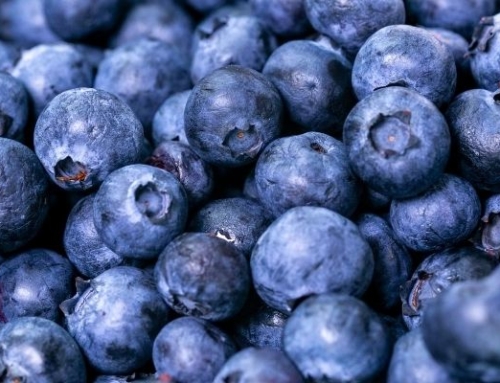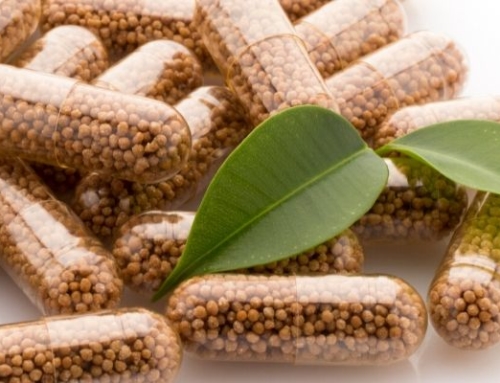Monitoring and controlling Bioavailability,
a technical expertise

According to the European Medicines Evaluation Agency (EMEA, Human guideline 2001), bioavailability is defined as the rate and extent to which the active substance or its active fraction is absorbed from its pharmaceutical formulation and becomes available at the site of action. It is the only pharmacokinetic variable that can be modified and improved because it does not depend only on biological factors. Indeed, by definition, when an active substance is administered intravenously, its bioavailability is 100%. However, if administered by other routes (e.g., oral), its bioavailability is generally lower and decreases (due to incomplete absorption by metabolic protection) or may vary from person to person.
Better control of bioavailability of herbal complexes allows:
– The integrity of the active substance without any degradation or “waste”
– Reproducible systemic exposures despite the variability between subjects. It must be understood that low bioavailability (e.g. 10%) cannot be compensated by simply multiplying the dose by 10 when the objective is to achieve an exposure corresponding to bioavailability of 100%
– No dose increase to properly expose all individuals and thus control interactions between active substances and avoid overexposure leading to side effects.
The speed of bioavailability is also essential because of its controls the shape of the plasma concentration curve, which can have a major influence on therapeutic and toxic effects.
It is also essential to know this speed of availability for formulations that have been designed precisely to control it (controlled or delayed release formulations): The Bioavailability.
Laboratoires Activa herbal supplements technology of microgranules offers a galenic form enabling an optimal gastroprotection and control release of the actives when they reach the point of absorption, thus giving optimal bioavailability of about 96%.





